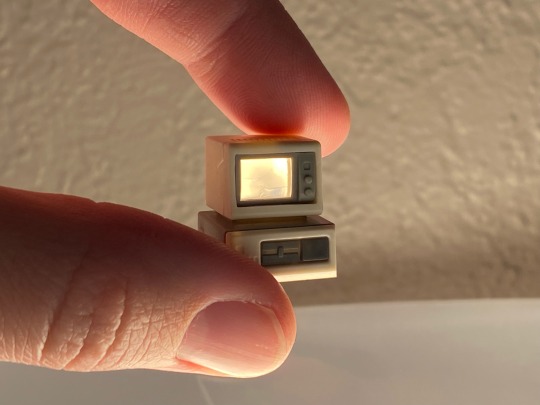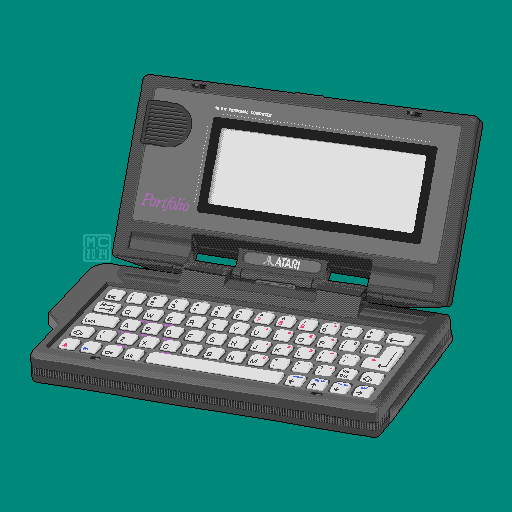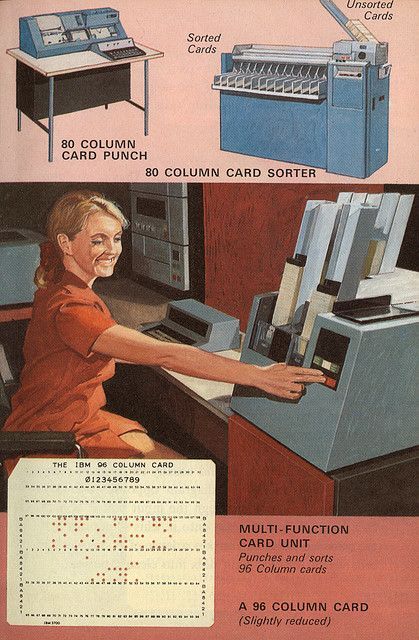Text

Look at this beautiful example of a 6810 SRAM chip. 128 bytes in a white ceramic and gold "zebra" package. I hope it works, I want to put it to use in my projects!
65 notes
·
View notes
Note
The C65 was absolutely ahead of its time. The engineer who designed it foresaw the retrocomputing movement and designed a retrocomputer love letter to the C64 using Amiga parts. And Cocaine. I think he snorted a lot of cocaine.
If the Commodore 64 is great, where is the Commodore 65?
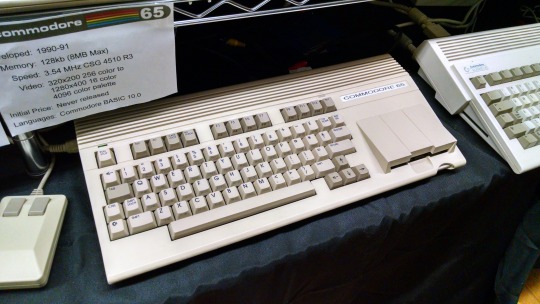
It sits in the pile with the rest of history's pre-production computers that never made it. It's been awhile since I went on a Commodore 65 rant...
The successor to the C64 is the C128, arguably the pinnacle of 8-bit computers. It has 3 modes: native C128 mode with 2MHz 8502, backwards compatible C64 mode, and CP/M mode using a 4MHz Z80. Dual video output in 40-column mode with sprites plus a second output in 80-column mode. Feature-rich BASIC, built in ROM monitor, numpad, 128K of RAM, and of course a SID chip. For 1985, it was one of the last hurrahs of 8-bit computing that wasn't meant to be a budget/bargain bin option.
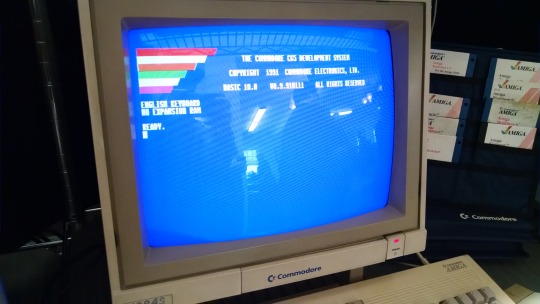
For the Amiga was taking center stage at Commodore -- the 16-bit age is here! And its initial market performance wasn't great, they were having a hard time selling its advanced capabilities. The Amiga platform took time to really build up momentum square in the face of the rising dominance of the IBM PC compatible. And the Amiga lost (don't tell the hardcore Amiga fanboys, they're still in denial).
However, before Commodore went bankrupt in '94, someone planned and designed another successor to the C64. It was supposed to be backwards compatible with C64, while also evolving on that lineage, moving to a CSG 4510 R3 at 3.54MHz (a fancy CMOS 6502 variant based on a subprocessor out of an Amiga serial port card). 128K of RAM (again) supposedly expandable to 1MB, 256X more colors, higher resolution, integrated 3½" floppy not unlike the 1581. Bitplane modes, DAT modes, Blitter modes -- all stuff that at one time was a big deal for rapid graphics operations, but nothing that an Amiga couldn't already do (if you're a C65 expert who isn't mad at me yet, feel free to correct me here).
The problem is that nobody wanted this.
Sure, Apple had released the IIgs in 1986, but that had both the backwards compatibility of an Apple II and a 16-bit 65C816 processor -- not some half-baked 6502 on gas station pills. Plus, by the time the C65 was in heavy development it was 1991. Way too late for the rapidly evolving landscape of the consumer computer market. It would be cancelled later that same year.
I realize that Commodore was also still selling the C64 well into 1994 when they closed up shop, but that was more of a desperation measure to keep cash flowing, even if it was way behind the curve by that point (remember, when the C64 was new it was a powerful, affordable machine for 1982). It was free money on an established product that was cheap to make, whereas the C65 would have been this new and expensive machine to produce and sell that would have been obsolete from the first day it hit store shelves. Never mind the dismal state of Commodore's marketing team post-Tramiel.

Internally, the guy working on the C65 was someone off in the corner who didn't work well with others while 3rd generation Amiga development was underway. The other engineers didn't have much faith in the idea.
The C65 has acquired a hype of "the machine that totally would have saved Commodore, guise!!!!1!11!!!111" -- saved nothing. If you want better what-if's from Commodore, you need to look to the C900 series UNIX machine, or the CLCD. Unlike those machines which only have a handful of surviving examples (like 3 or 4 CLCDs?), the C65 had several hundred, possibly as many as 2000 pre-production units made and sent out to software development houses. However many got out there, no software appears to have surfaced, and only a handful of complete examples of a C65 have entered the hands of collectors. Meaning if you have one, it's probably buggy and you have no software to run on it. Thus, what experience are you recapturing? Vaporware?
The myth of the C65 and what could have been persists nonetheless. I'm aware of 3 modern projects that have tried to take the throne from the Commodore 64, doing many things that sound similar to the Commodore 65.
The Foenix Retro Systems F256K:
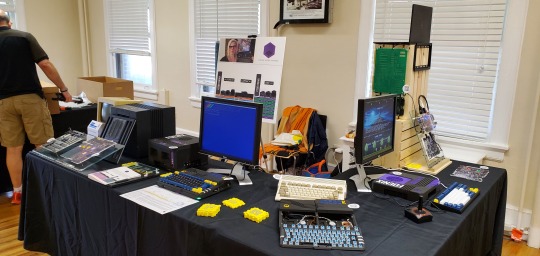
The 8-Bit Guy's Commander X16

The MEGA65 (not my picture)
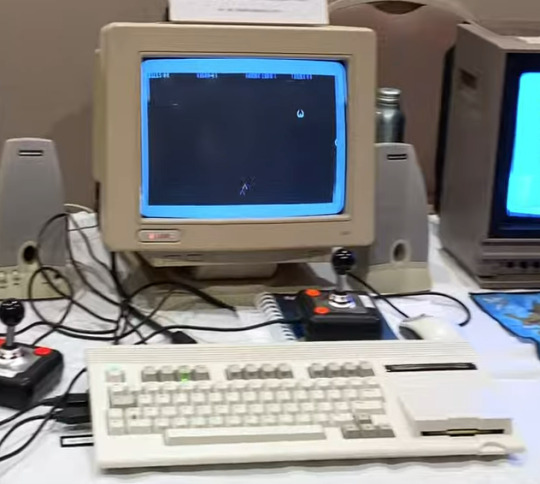
The last of which is an incredibly faithful open-source visual copy of the C65, where as the other projects are one-off's by dedicated individuals (and when referring to the X16, I don't mean David Murray as he's not the one doing the major design work).
I don't mean to belittle the effort people have put forth into such complicated projects, it's just not what I would have built. In 2019, I had the opportunity to meet the 8-Bit Guy and see the early X16 prototype. I didn't really see the appeal, and neither did David see the appeal of my homebrew, the Cactus.
Build your own computer, build a replica computer. I encourage you to build what you want, it can be a rewarding experience. Just remember that the C65 was probably never going to dig Commodore out of the financial hole they had dug for themselves.
262 notes
·
View notes
Text
100% agree.
Alright, I think I need to clarify some stuff with y'all.
I'm a vintage computer enthusiast, if you haven't guessed. I go to vintage computer festivals, sometimes far across the country -- that's my vacation. Throw in a computer museum or two for good measure. I enjoy using, repairing, and learning about old computers, mostly from before 1990, and I hope that is expressed clearly within the contents of this blog.
Sure, I post aesthetic imagery from that subject sometimes, but my interest doesn't end with the aesthetic. I want to use some of these machines, and explore how they worked, and fix them if they're broken. I want to experience what they are. I want to share that with others, and talk about those things with others. I get it, tumblr isn't exactly a common place for that sort of technical discussion.
If you're here to satisfy some objectum fantasy or whatever, please don't do that on my posts. Someone's old terminal that I've photographed at a show (as beautiful as it might be) is neither a human person, nor the object of your sexual fantasy.
Now, if you have an actual technical question about something, or want to gush about why a thing is cool, be my guest!
65 notes
·
View notes
Photo



Seiko Pocket Computer MC-2200 & MP-220 (rebranded Sharp PC-1245 and CE-125) Japan, 1984
1K notes
·
View notes
Text

Waiting in the shadow of a Gemini-Titan rocket for the eclipse
45 notes
·
View notes
Text


2005
From https://archive.org/details/webshots-freeze-frame
248 notes
·
View notes
Text
Sounds easy
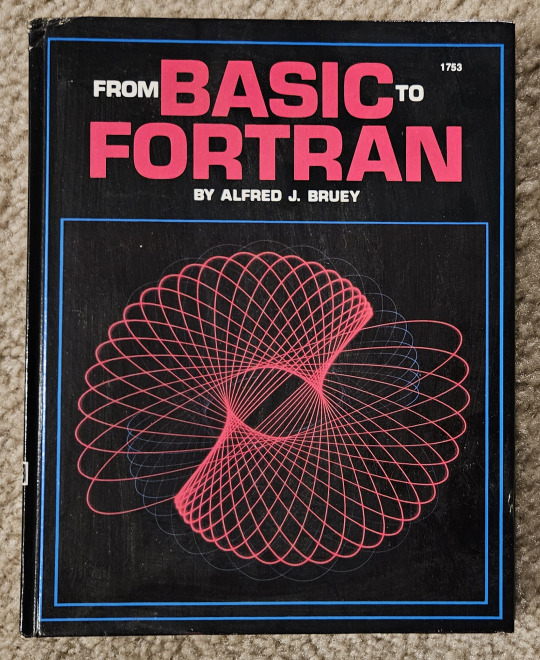
From BASIC to Fortran Alfred J. Bruey 1984
446 notes
·
View notes
Photo
Stamp 1 only had 12 bytes of ram available to the user. If you needed gosub - that dropped to 10. But honestly that was plenty. There was only 256 bytes of program space. Once tokenized that would give you somewhere around 80 instructions.
source:
Now, the Basic Stamp 2 did everything better - and it fit into a dip socket :) I still have one in the package from Radio Shack's closing clearance extravaganza.
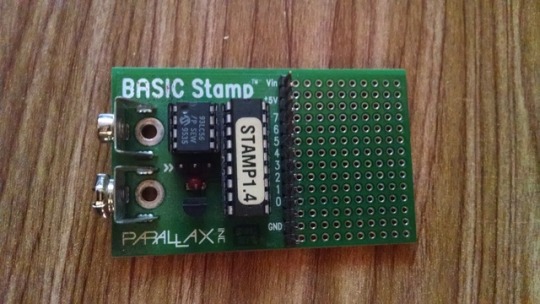
Have fun with your 25 bytes of RAM. You heard me.
There was a time when a compact microcontroller development board was a novel concept. The Parallax BASIC Stamp 1 was 1992′s answer to the problem.
429 notes
·
View notes


